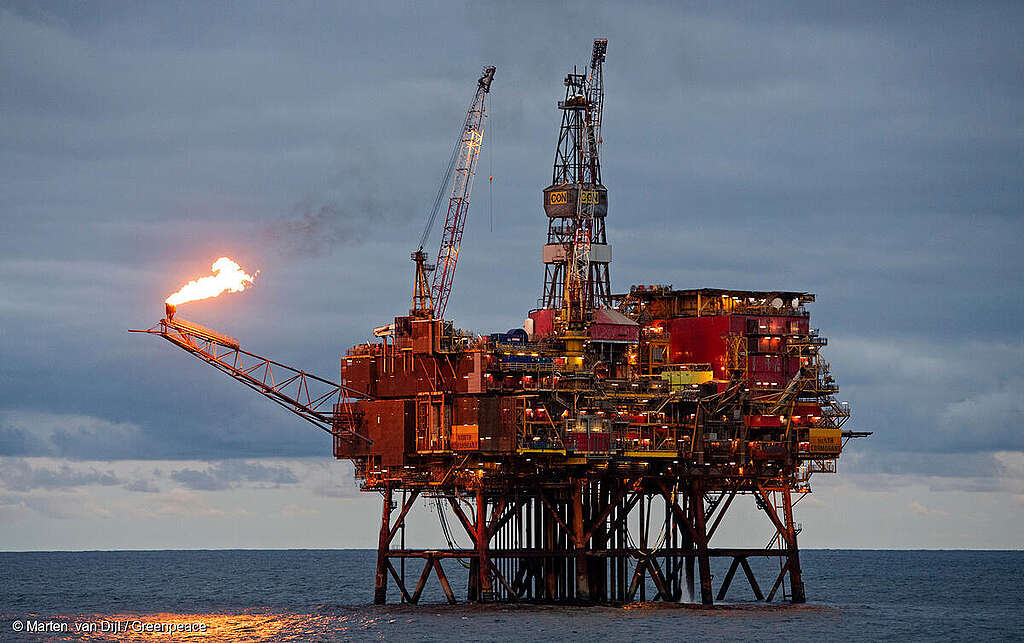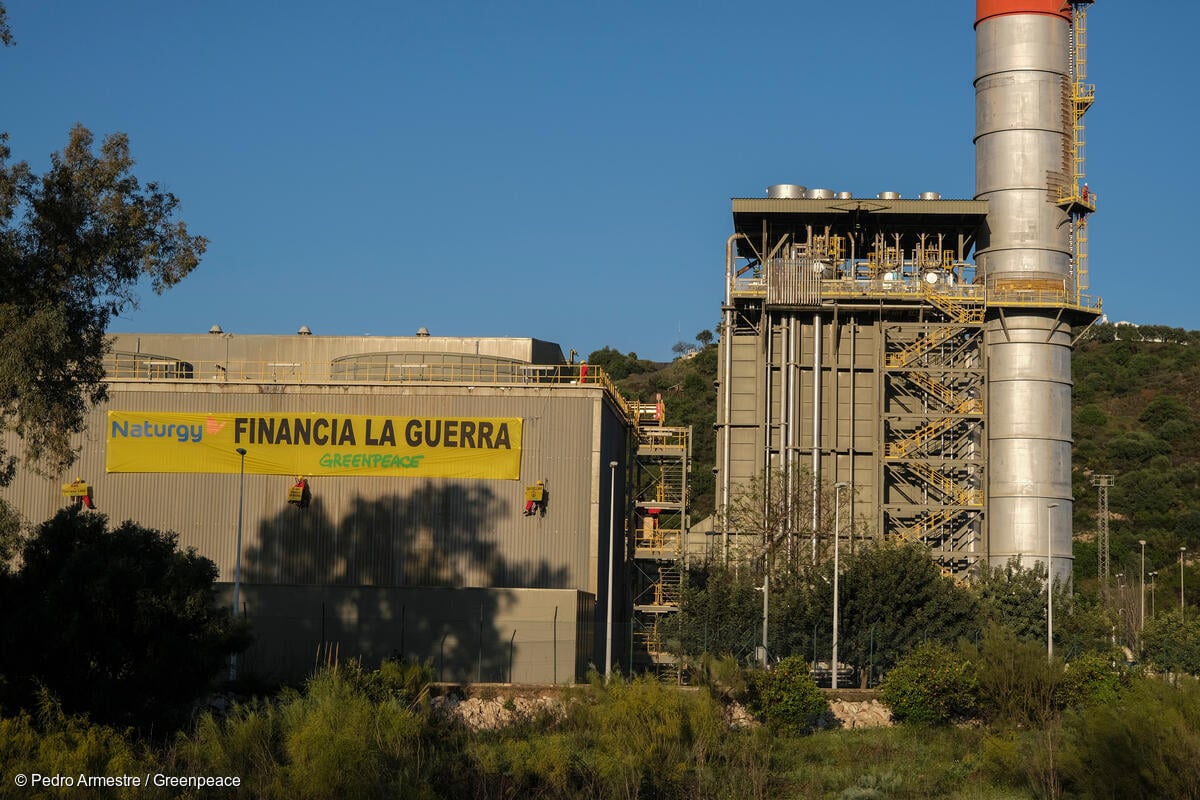As a lawyer working for Greenpeace, I know how hard it can be to communicate legal work in a campaigning world.
Litigation is long, technical, and often invisible. There are few “spotlight moments,” and the legal reasoning can be too complex or dry to translate into strong, public-facing messages. We often need to reframe, simplify, and extract meaning to make it resonate.
But then, you get an advisory opinion like the one just handed down by the EFTA Court in Case E-18/24 — and suddenly, the law speaks for itself.
[A huge congratulations to the team at Greenpeace Nordic, Greenpeace International and Natur og Ungdom (Young Friends of the Earth Norway) for this amazing victory – you can read more about it here.]

In this landmark ruling, the Court held that greenhouse gas emissions from the combustion of oil and gas (aka scope 3 emissions) must be assessed before approving extraction projects under the Environmental Impact Assessment Directive.
The language is so sharp, you don’t need to dress it up. A few highlights that speak volumes:
“Combating climate change is an objective of fundamental importance, given its adverse effects and the severity of its consequences, including the grave risk of their irreversibility and its impact on fundamental rights.” (para. 67)
“The release of greenhouse gas emissions is very likely to follow the antecedent action of extracting petroleum and natural gas in a project. If not for the project, the embedded greenhouse gases would stay below ground.” (para. 69)
“The environmental impact assessment prior to the extraction of petroleum and natural gas represents the last point at which the public can voice their views and concerns that greenhouse gas emissions that are likely to result from such products will ultimately reach the atmosphere, and whether to avoid this by refraining from exploiting the deposits.” (para. 76)
On the substitution argument “The likely significant effects of the project on the environment must be assessed without regard to speculative analyses of knock-on effects elsewhere. Allowing developers to omit information about high levels of greenhouse gas emissions on the basis of a ‘net’ impact analysis would undermine effective public participation.” (paras 96–97)
Sometimes, the law doesn’t need to be translated. It just needs to be read.
This Advisory Opinion could have significant implications for various existing and future oil and gas projects across Europe, and may also shed new light on pending court cases. The EFTA ruling shows how EU law can be used to challenge fossil fuel projects one by one, based on their climate impact and the failure to assess it.
But this case-by-case approach isn’t enough on its own.
The long-term solution must be structural: the EU has the competence — and the responsibility — to adopt a ban on new fossil fuel projects. Approving new oil and gas infrastructure is simply incompatible with the EU’s climate targets and with any credible pathway to 1.5°C. That’s the direction our legal and political frameworks must now take.
Mattia Bosio is a lawyer at Greenpeace European Unit



